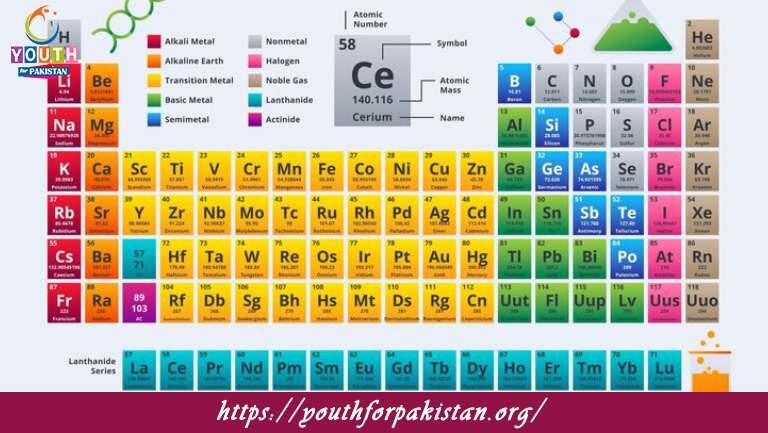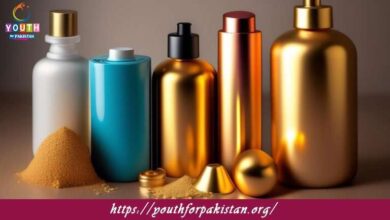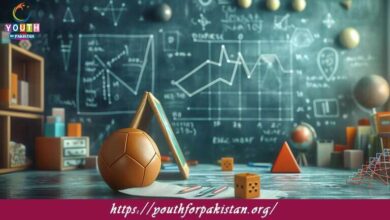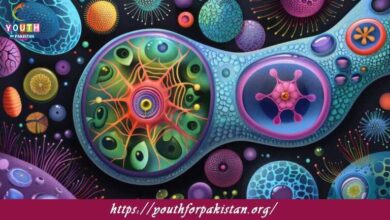12th Class Chemistry Chapter 5 Quiz with Answers

“12th Class Chemistry Chapter 5 Quiz: Halogens and Noble Gases” discusses the properties, trends, and applications of Groups 17 (Halogens) and 18 (Noble Gases) of the periodic table. These groups are very important for understanding reactivity, bonding, and periodic trends, making them very essential in MDCAT preparation. Use our MDCAT Quiz and free flashcards to consolidate your learning.
12th Class Chemistry Chapter 5 Quiz
The halogens are Fluorine (F), Chlorine (Cl), Bromine (Br), Iodine (I), and Astatine (At). These are highly reactive nonmetals with a wide range of industrial and biological significance.
Physical and Chemical Properties
Electronegativity and Reactivity: Halogens have the highest electronegativity values in their respective periods. Reactivity decreases down the group as atomic size increases and electron affinity decreases.
Oxidizing Power: Halogens are strong oxidizing agents. Fluorine is the most powerful, followed by chlorine, bromine, and iodine.
Oxidation States: Common oxidation states are -1 in compounds, with higher states such as +1, +3, +5, and +7 observed in oxyanions and interhalogen compounds.
Interhalogen Compounds: These compounds (e.g., ClF₃, IF₅) show that halogens can form bonds with each other.
Physical and Chemical Properties
Inertness: Noble gases are chemically stable and don’t easily enter into reactions under standard conditions. However, xenon and krypton can, under certain conditions, form compounds—for example, XeF₂ and XeO₃.
Low Boiling Points: The boiling and melting points of these gases are very low because of the weak dispersion forces.
Atomic Size and Ionization Energy: The atomic size increases down the group, and the ionization energy decreases.
MDCAT Quiz: Test Your Knowledge of Halogens and Noble Gases
Elevate your preparation with our MDCAT Quiz, covering critical topics like: Trends in electronegativity and reactivity amongst halogens. Unique properties and uses of noble gases. Formation and Properties of Interhalogen and Noble Gas Compounds.
- Test Name: 12th Class Chemistry Chapter 5 Quiz
- Type: Quiz Test
- Total Questions: 30
- Total Marks: 30
- Time: 30 minutes
Note: Answer of the questions will change randomly each time you start the test, once you are finished, click the View Results button.
Free Flashcards for Halogens and Noble Gases
Flashcards are very good for quick revision and remembering key concepts at the last minute. By mastering halogens and noble gases, you’ll gain valuable insights into periodic table trends, chemical reactivity, and practical applications. Use our MDCAT Quiz and free flashcards to excel in this essential chapter!
Experience the real exam environment with our expertly designed collection of over 25,000 MCQs MDCAT Mock Tests.






